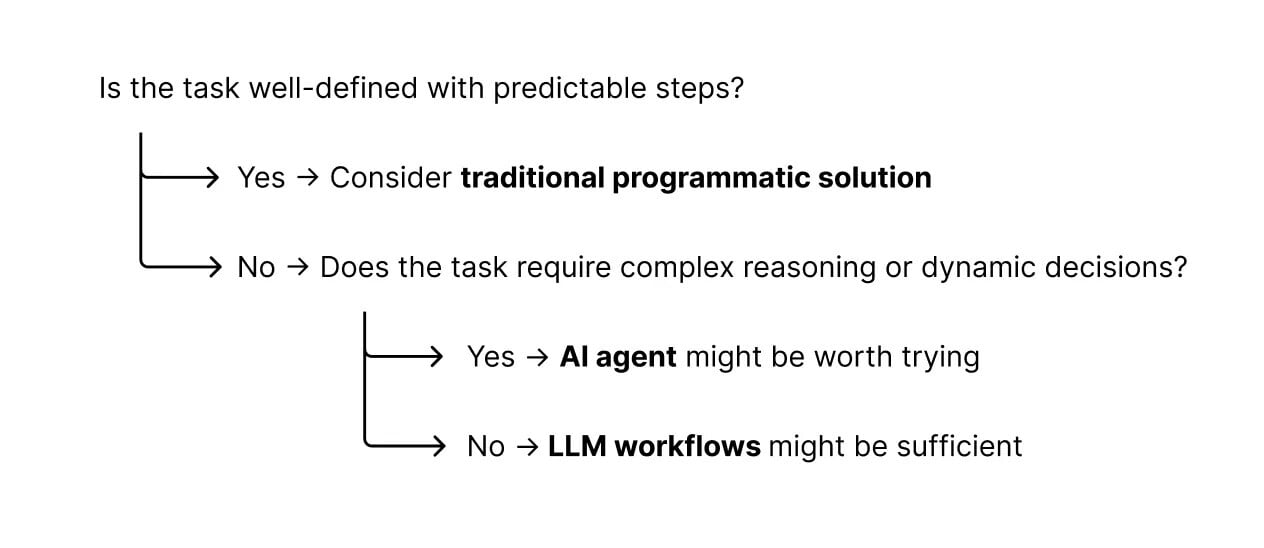Measuring Customer Experience Success: Key Metrics to Track
Unlock the secrets to enhancing customer satisfaction by tracking these essential CX metrics.
Understanding the Importance of Customer Experience Metrics
In today's competitive business landscape, understanding and enhancing customer experience (CX) has become a critical differentiator. Customer experience metrics are essential tools that allow businesses to quantify the effectiveness of their CX strategies. These metrics help identify what is working well and what needs improvement, ensuring that resources are allocated efficiently.
By consistently tracking and analysing CX metrics, companies can gain valuable insights into customer behavior, preferences, and pain points. This proactive approach not only enhances customer satisfaction but also fosters loyalty, leading to long-term business success.

Key Performance Indicators (KPIs) for Customer Experience
Key Performance Indicators (KPIs) are specific metrics that provide a clear picture of how well a company is performing in terms of customer experience. Some of the most commonly used CX KPIs include Net Promoter Score (NPS), Customer Satisfaction (CSAT) score, and Customer Effort Score (CES).
NPS measures customer loyalty by asking how likely customers are to recommend the company to others. CSAT gauges customer satisfaction with a product or service, usually through post-interaction surveys. CES assesses how easy it is for customers to complete a task, which can highlight areas where the customer journey can be streamlined.
How to Collect and Analyse Customer Feedback
Collecting and analysing customer feedback is crucial for understanding customer sentiment and identifying areas for improvement. Feedback can be gathered through various channels, including surveys, social media, online reviews, and direct customer interactions. Utilising a combination of these methods ensures a comprehensive understanding of the customer experience.
Once feedback is collected, it should be analysed to identify common themes and trends. This can be done using qualitative methods, such as sentiment analysis, and quantitative methods, like statistical analysis. The insights gained from this analysis can then be used to make data-driven decisions and adjustments to the CX strategy.
Leveraging Data to Refine Your CX Strategy
Data is a powerful tool that can be leveraged to refine and enhance your CX strategy. By continuously monitoring CX metrics and customer feedback, businesses can identify patterns and trends that indicate areas of strength and opportunities for improvement.
Data-driven decision-making allows companies to implement targeted changes that address specific pain points in the customer journey. This iterative process ensures that the CX strategy remains dynamic and responsive to evolving customer needs and expectations, ultimately leading to a more seamless and impactful customer experience.
Real-World Examples: Companies Excelling in CX Metrics
Several companies have set benchmarks in the industry by excelling in their CX metrics. For instance, Apple has consistently high NPS scores, reflecting strong customer loyalty and satisfaction. Their focus on user-friendly design and exceptional customer service has set them apart in the tech industry.
Another example is Amazon, which excels in CES by making the shopping experience as effortless as possible. Their efficient logistics, easy-to-navigate website, and responsive customer service contribute to high customer satisfaction and repeat business. These companies demonstrate the tangible benefits of prioritising and effectively measuring customer experience.


